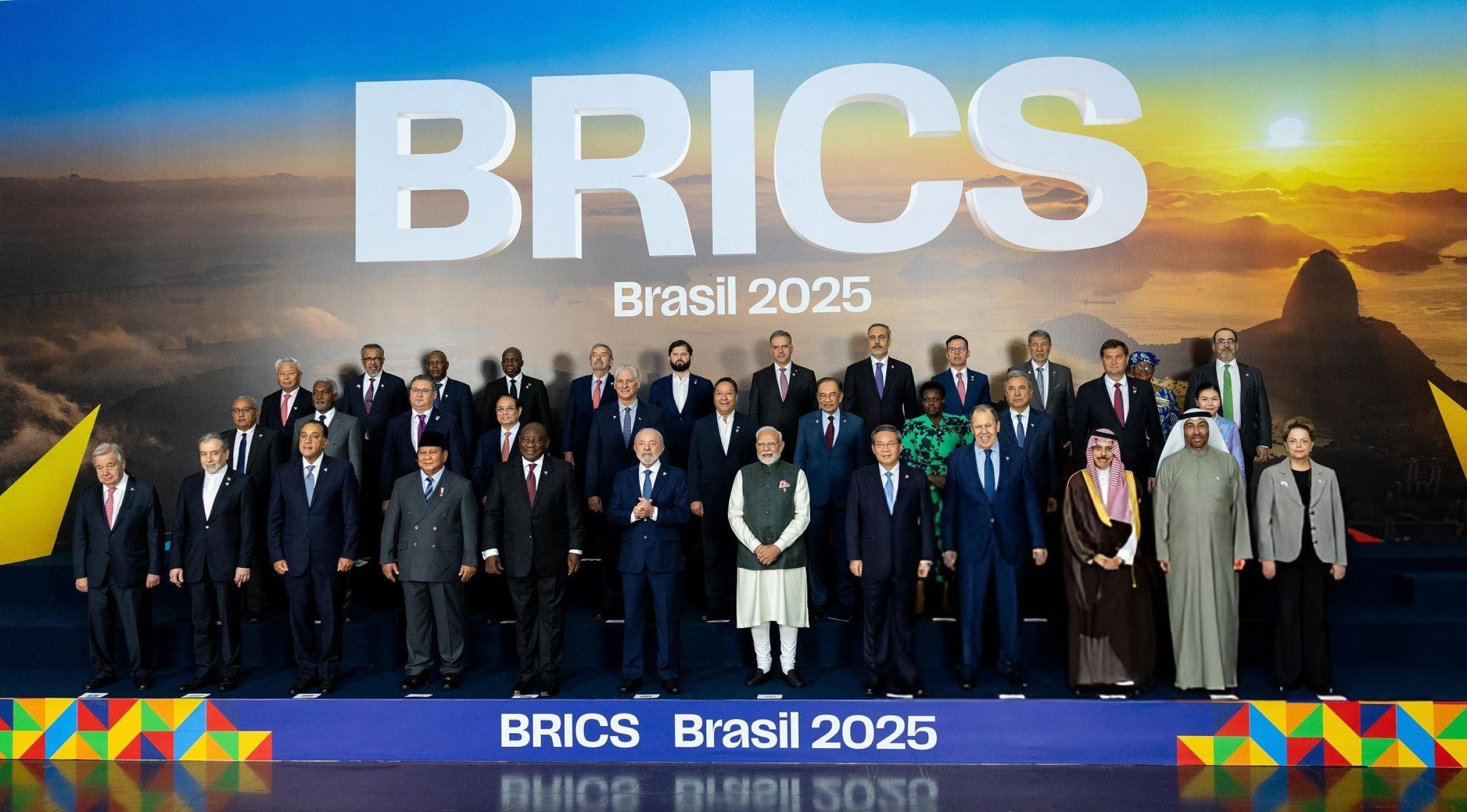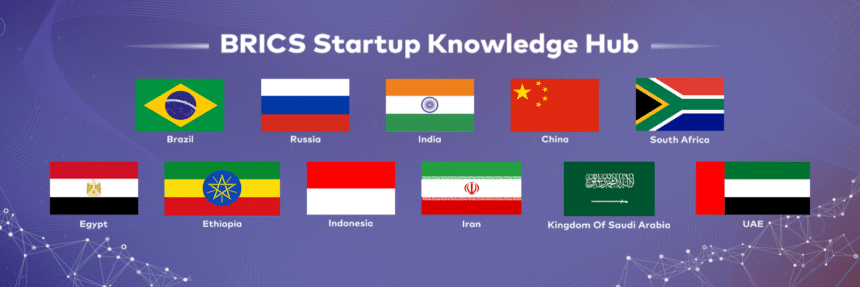With the BRICS group evolving into the expanded BRICS+ format, all eyes are once again on India’s role. It’s not just about being one of the original members anymore; India is seen as a major player in shaping what this group is becoming. As new countries join and the idea of a more balanced global order gains traction, a key question emerges: Is India’s active role in this BRICS expansion a carefully planned strategic play, or is it more about making a symbolic statement?
Let’s delve into the complexities of this developing diplomatic situation.
What is BRICS? Understanding the Expansion
BRICS, which started out with just Brazil, Russia, India, China, and South Africa, was created as a way to push back against global systems that were mostly run by Western countries, especially when it came to economics, trade, and development. Over time, it really became a symbol representing the growing power of the Global South.

In 2023 and 2024, things got bigger for BRICS. They started welcoming new members, like Egypt, Ethiopia, Iran, Saudi Arabia, and the UAE, as part of something called the BRICS+
format. The goal behind this expansion was to build a much larger and more powerful group of emerging economies. The idea is that this bigger alliance can work together to shape the future of global finance, energy security, how international trade works, and even international politics.
India’s Balancing Act: Between Principles and Pragmatism
India has been navigating BRICS with a delicate diplomatic hand. While countries like China and Russia are using BRICS quite forcefully to counter Western influence, India has chosen a more cautious and balanced path, focusing on keeping its options open and fostering development partnerships.
India’s backing for expanding BRICS to include more countries (often called BRICS+) came with some clear conditions:
- Any expansion has to be agreed upon by everyone.
- New members should believe in the same core principles of growth, working together, and not interfering in each other’s affairs.
- BRICS+ shouldn’t turn into a group specifically against the West; instead, it should be seen as an alternative global forum.
This really shows India’s bigger game plan: to stay a key player in international cooperation without getting caught up in the bigger ideological battles.
Strategic Gains for India: Why BRICS+ Matters
Despite geopolitical tensions and economic differences, India stands to benefit strategically from the expansion of BRICS:
1. Leadership in the Global South
India’s perspective really carries weight with other developing countries. Through the expanded BRICS group, it has a chance to strengthen cooperation among these nations, share its digital governance solutions—like UPI and Aadhaar—and champion more inclusive growth.
2. Energy & Economic Security
With oil-producing nations like Saudi Arabia and Iran now in BRICS+, India can negotiate energy deals, promote rupee-based trade, and reduce dollar-dependence — aligning with its de-dollarization goals..
3. Multipolar World Order
India is in favor of a world where power is shared among multiple players, rather than being controlled by a single nation. BRICS+ provides a balancing force against major Western
economic groups like the G7. It also makes sure that no single country, including China, dictates the agenda for the Global South.
Symbolic Concerns: Is India Marginalized in BRICS+?
Yet, the expansion also raises strategic concerns for India:
- It’s hard to overlook China’s increasing sway within the BRICS group. The leadership of the BRICS Bank (NDB) is Chinese, and many new members actually have closer trading relationships with Beijing compared to New Delhi.
- This means India’s position could get weaker if the different goals of BRICS+ countries start to pull them apart. For example, nations like Iran or Russia might push for more
anti-Western talk, which really doesn’t match India’s own foreign policy approach of staying non-aligned and connecting with various groups. - Some experts think India isn’t making the most of its role in BRICS diplomacy. They suggest that India should be more active and assertive to help keep things balanced
within the group.
So while the expansion appears inclusive, India’s actual influence within the larger BRICS+ architecture remains under watch.
What India Wants: A Vision for BRICS+
India sees BRICS+ not as a political or military bloc, but as a practical platform focused on economic teamwork, sustainable growth, and sharing technological advancements. To this end, India advocates for several key initiatives:
India advocates for:
- Overhauling major global bodies such as the World Bank, IMF, and the UN Security Council.
- Encouraging BRICS+ nations to use their own currencies for trade transactions.
- Developing digital infrastructure partnerships, leveraging India’s successes in the fintech sector.
- Addressing important global issues like the ethical use of AI, financing for climate action, and effective data management.
Additionally, India has suggested establishing a BRICS+ Innovation Hub. This hub would foster collaborations in areas like green technology, semiconductor development, and startup ecosystems – all vital components for global competitiveness in the future.
Public Perception: Do Indians See BRICS+ as Relevant?
For the average Indian, BRICS+ may seem like a diplomatic abstraction — but its impact could be very real:
- BRICS energy cooperation could lead to cheaper imports and better fuel deals.
- Collaborating with Global South economies might bring more job openings and tech partnerships.
- India could gain more respect on the world stage as it becomes more active globally.
Young people, business owners, and small companies could all benefit if BRICS+ grows into a non-Western system for trade, digital innovation, and funding development.
Strategic Leverage with Symbolic Value
India’s involvement in BRICS is about more than just appearances, even if symbolism definitely has its place in global diplomacy. It’s a strategic move – it lets India stay significant in the changing world landscape while still maintaining its independence.
As BRICS+ keeps developing, the real test for New Delhi will be moving from simply being part of the group to actually leading it, setting the agenda instead of just reacting to it.
While the BRICS+ journey is still ongoing, one thing is undeniable: India isn’t just tagging along. It’s a key player driving the push for a fairer, more balanced world.










